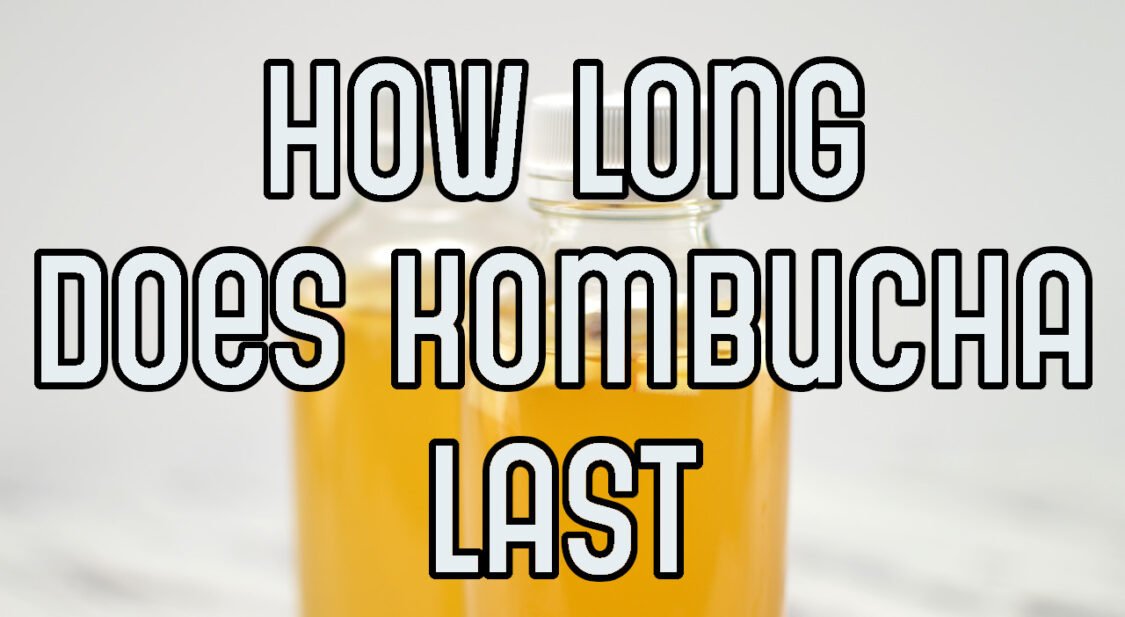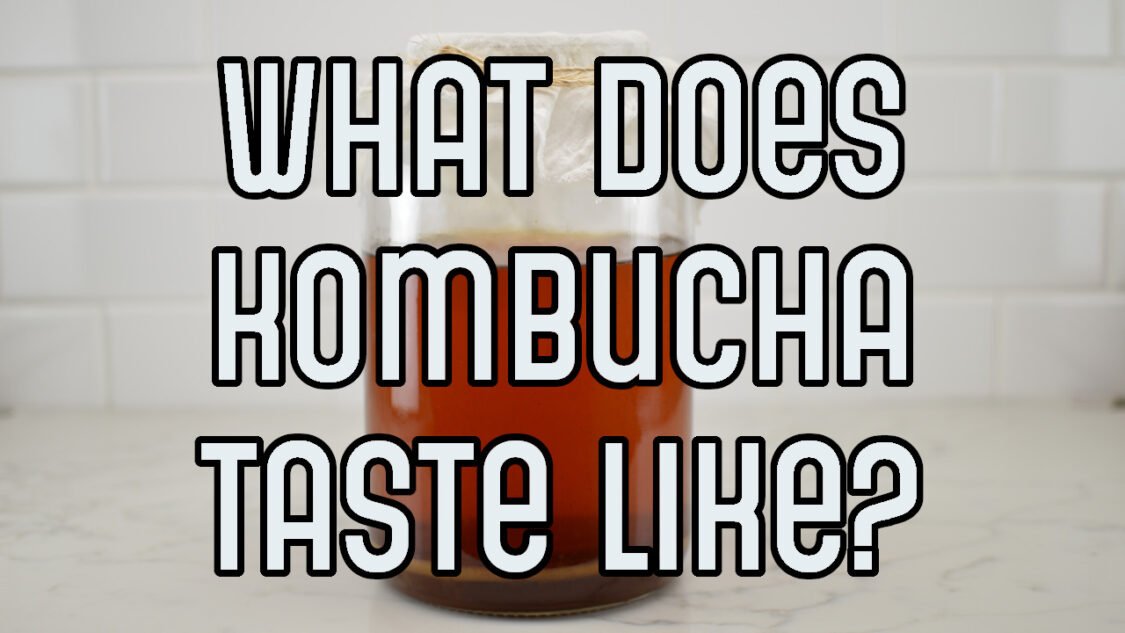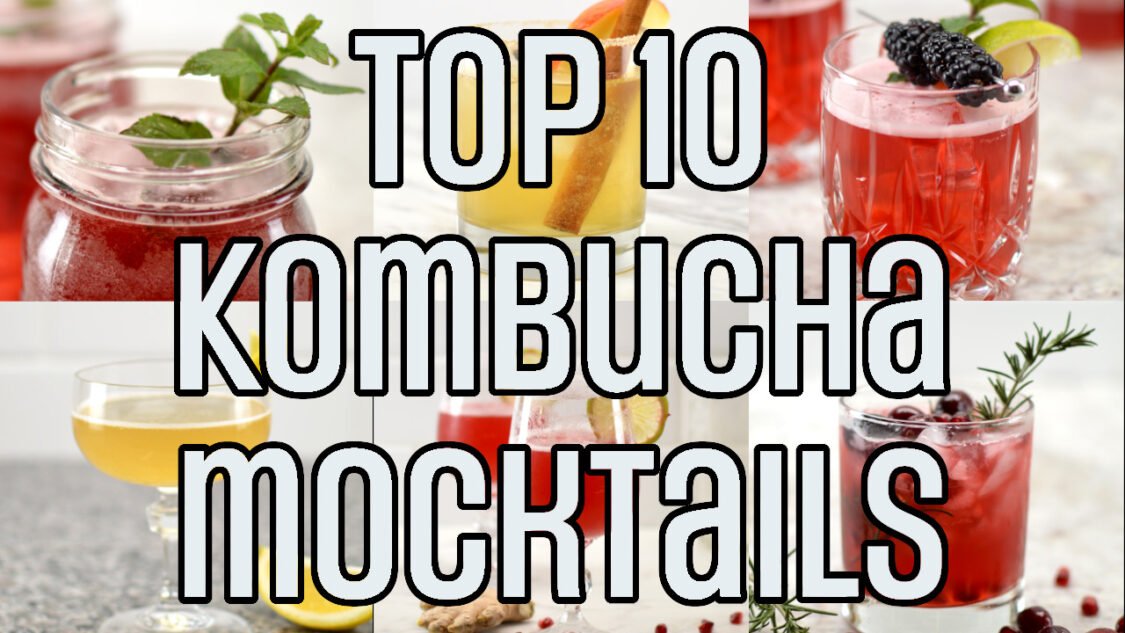Malt Kombucha Experiment
Can brewer’s malt be used instead of tea and sugar in the kombucha brewing process and what is the effect on fermentation and taste?
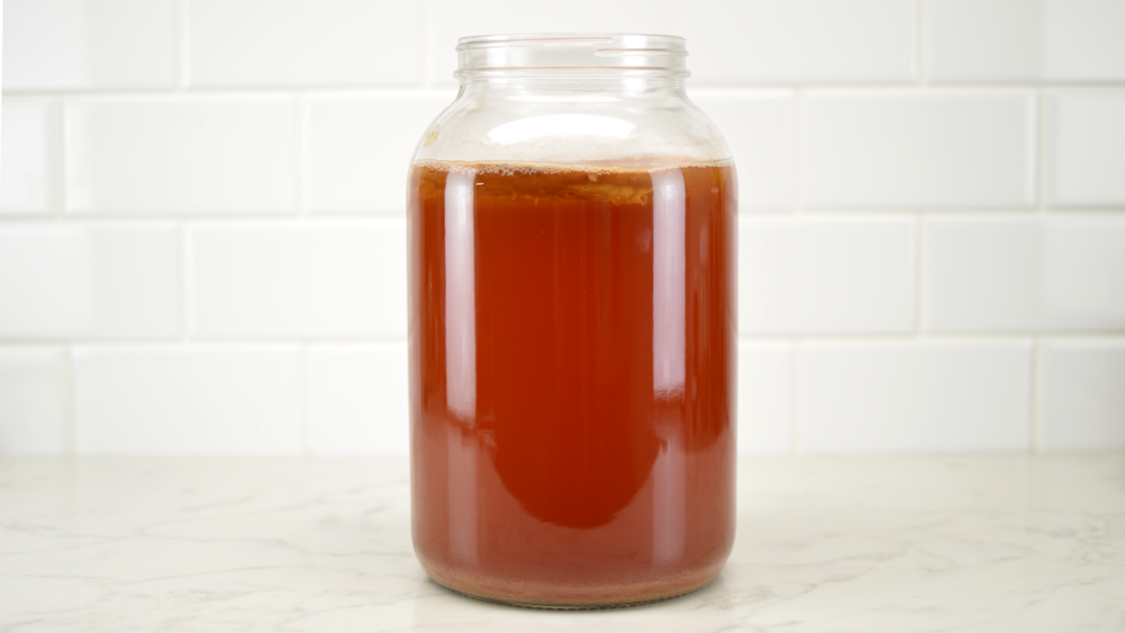
This is my first attempt to meld the worlds of kombucha and beer. As a homebrewer first, I am familiar with the process and ingredients in brewing beer and have already dabbled in making a hopped kombucha that begins to blur the lines between these two great beverages,
The goal of making malt kombucha is to make kombucha without tea. Tea is used when making kombucha primarily for flavor and also to provide a nutrient source to the yeast/bacteria.
Since white sugar is pure sucrose and therefore does not contain any additional nutrients the tea is added to supply the needed minerals and nutrients.
Malt is not a pure sugar (it contains traces of several minerals and nutrients) so it should contain the nutrients needed to give the culture plenty of nutrition. Let’s find out!
What is Malt Extract?
Malt extract is a starch or grain based sweetener. It is made by steeping grain (typically barley) in water until the grain begins to germinate slightly then quickly drying the grain resulting in malted barley.
The malted barley is crushed and mashed (steeped in 150 degree water) to dissolve the the sugars in the grain the resulting sugar-filled liquid, called wort, can be used to brew beer or converted into malt extract.
Malt extracts are available as a syrup (liquid malt extract aka LME) or as a powder (dried malt extract aka DME)
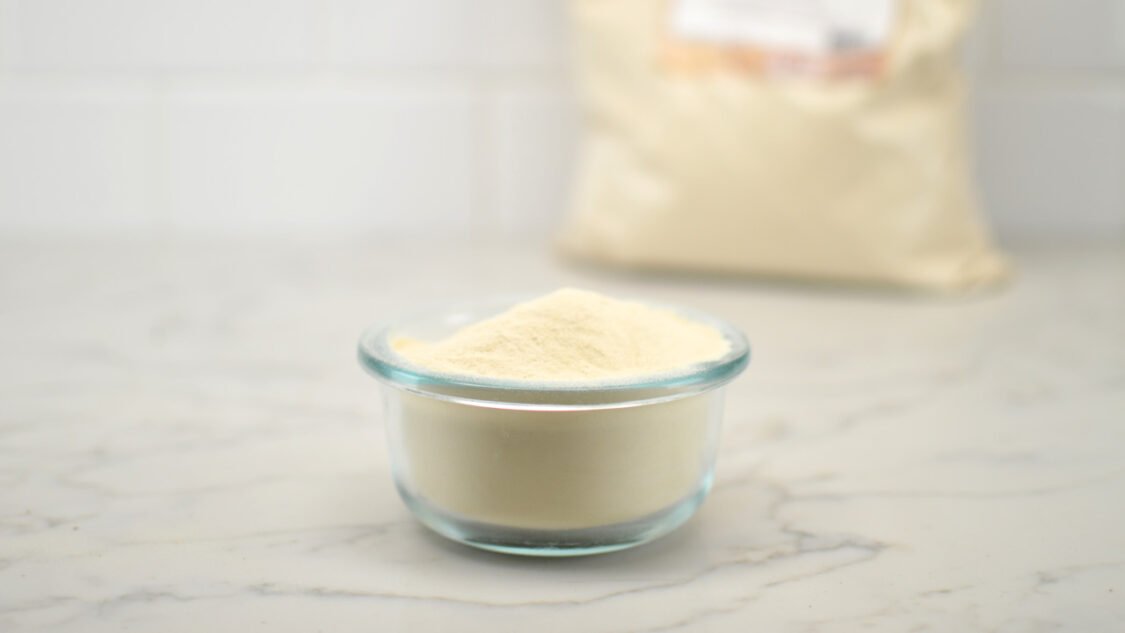
Malt Extract Composition
Malt extract is about 90% carbohydrate in the form of malt sugar and around 6% protein. The remaining portion is composed of B vitamins (niacin), amino acids (nitrogen), and minerals such as magnesium and potassium.
Carbohydrate (Sugar) Profile of Malt Extract
- Glucose: 13%
- Maltose: 48%
- Maltotriose: 14%
- Other complex sugars: 19%
Maltose is a type of disaccharide sugar (two glucose molecules combined) and maltotriose is a form of trisaccharide which is a sugar comprised of three glucose molecules bound together.
For comparison table sugar is also known as sucrose which is a disaccharide made up of one glucose and one fructose molecule.
Kombucha Fermentation Process
The kombucha starter liquid and SCOBY are a combination of many varieties of yeast combined with many varieties of bacteria. These yeast and bacteria are more prevalent and active at different times during the fermentation process.
The yeasts are typically more active at the beginning of fermentation where they feast on the sugar in the sweet tea mixture converting it to alcohol and CO2. Since the yeast is a living organism, it’s basic nutritional needs are nitrogen from the tea and carbon from the sugar.
The bacteria, especially acetobacter (a prominent strain in kombucha which contributes the most to the formation of the pellicle on the top of the fermentor) converts the alcohol produced by the yeast into acids. Like yeast, bacteria is a living organism, and has basic nutritional needs, with nitrogen again being vital to its survival.
These organisms don’t work in a linear, assembly-line fashion processing sugar to alcohol to acid. The action of these yeast and bacteria overlap as the kombucha fermentation process progresses.
The exact species and their proportions within the starter liquid and kombucha can vary greatly depending on the culture’s historical and current conditions. It is affected by geography, climate, other encountered organisms (such as local bacteria and yeasts), and how we physically change the culture’s environment.
To summarize the cultures’ needs to successfully turn sweetened tea into kombucha:
- It needs a carbon source. (sugar)
- It needs a nitrogen source. (tea and in this case malt)
- It needs growth medium, (water)
- It need a culture of yeast and bacteria with which to inoculate. (SCOBY)
Brewing Malt Kombucha
First attempt (May 2023)
For my first attempt I used 14 cups of water, 7.75 ounces of dried pale malt extract, 2 cups of starter liquid and a SCOBY from my SCOBY hotel.
After I prepared the sweet malt mixture and let it cool, I realized that malt is only 75% as sweet as table sugar so there may not be enough sugar to enable a strong fermentation.
A few days after fermentation started I was concerned when I checked the fermentor since it appeared like a SCOBY was forming and also infected with mold.
I decided to let it continue fermenting and see what happens.

Fortunately a week later the SCOBY looked normal and did not have the white spots. It does look a bit more pinkish that a black tea SCOBY:
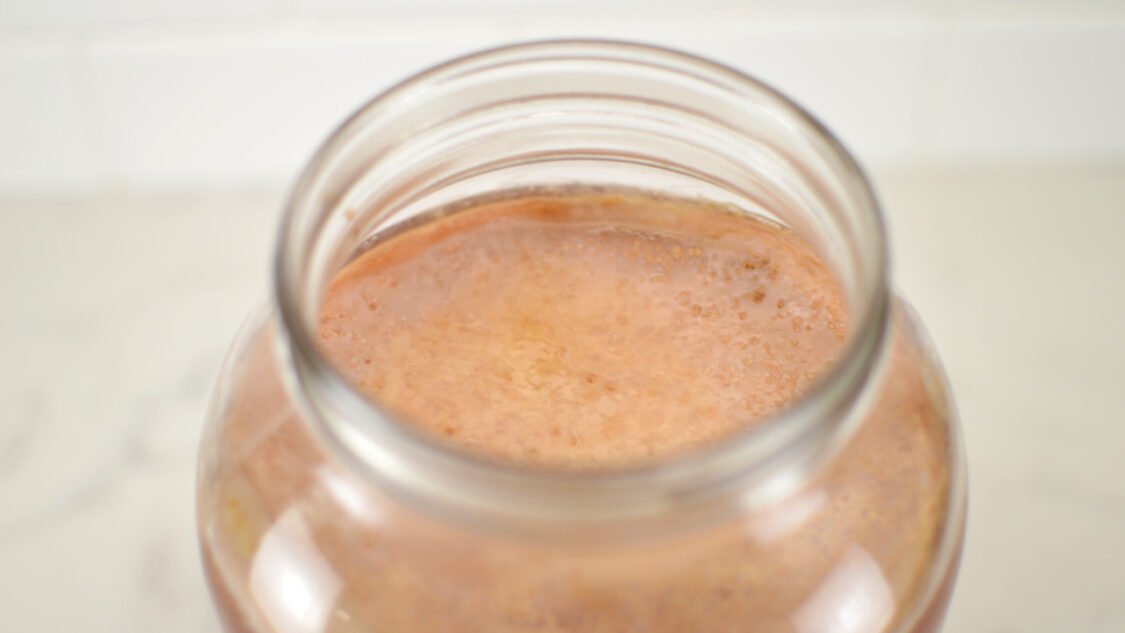
I also noticed a number of bubbles–carbon dioxide from the primary fermentation–hanging out around the SCOBY which I haven’t seen when making kombucha with tea:

I got a little busy and didn’t get back to the malt kombucha as quickly as I would have liked. Unfortunately, my first hunch turned out to be foreshadowing because when I got to around to tasting it un July, I found the SCOBY was covered with a mat of mold.
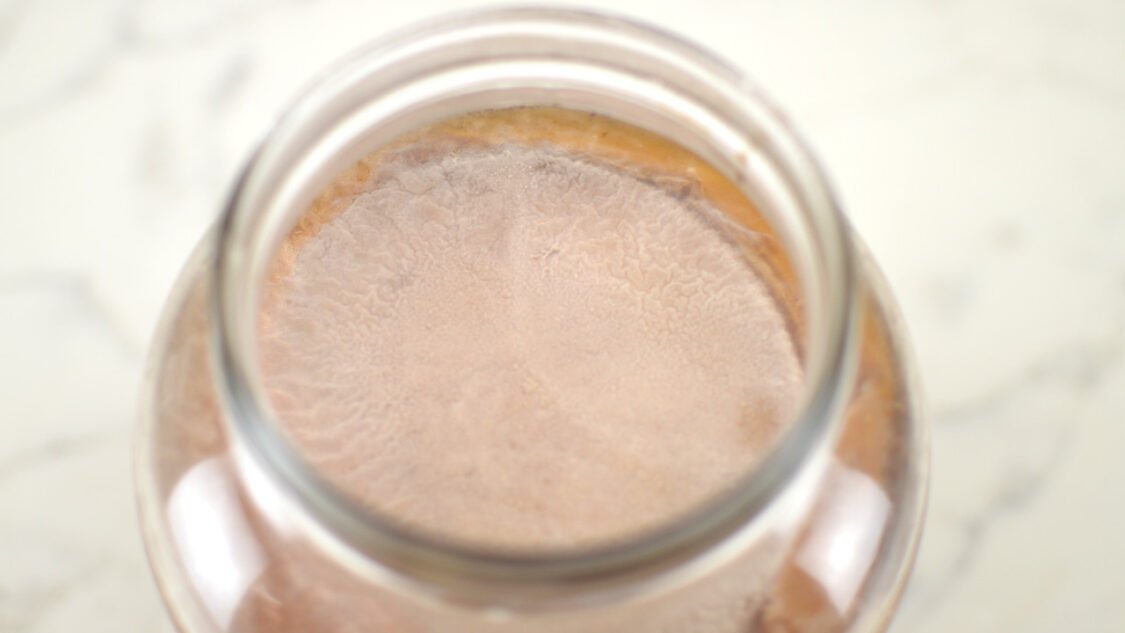
My hunch is that I did not have enough malt extract (sugar) for a vigorous kombucha fermentation which would have offered more protection against contaminantns.
Second Attempt (August 2023)
For this second attempt I used the same 14 cups of water but upped the dried pale malt extract to 10 ounces (from 7.75 ounces) to account for the lower sugar content of malt extract. I used the same 2 cups of starter liquid and a healthy SCOBY from my SCOBY hotel.
To ensure I had the mixture at a decent pH to inhibit any unwanted microbes from taking hold so that the kombucha cultures could do their thing, I confirmed the pH of the starter liquid and the malt extract and starter liquid mixture:
- Starter Liquid: pH 2.75
- Malt extract solution and starter liquid: pH 3.75
Recall that the “safe” zone for the unfermented tea and starter is a pH below 4.5 so I’m confident that this requirement has been met
One consideration is that maybe the microbes that ferment the sugars in kombucha aren’t able to break down the malt sugar as easily as other sugars, leading to a sluggish fermentation which gives unwanted microbes a longer window to become established.
Malt Kombucha Results
Once again, life took over and I ended up leaving the kombucha unsupervised in the fermenter with the original SCOBY at room temperature (in an Ohio basement) for 4 months until I got around to testing it.

The SCOBY had developed multiple thin layers that when pulled apart had some interesting texture and markings (white dots in the bottom SCOBY) that might have thought there was mold at some point. I’m glad I didn’t notice it earlier or I might have tossed the batch.
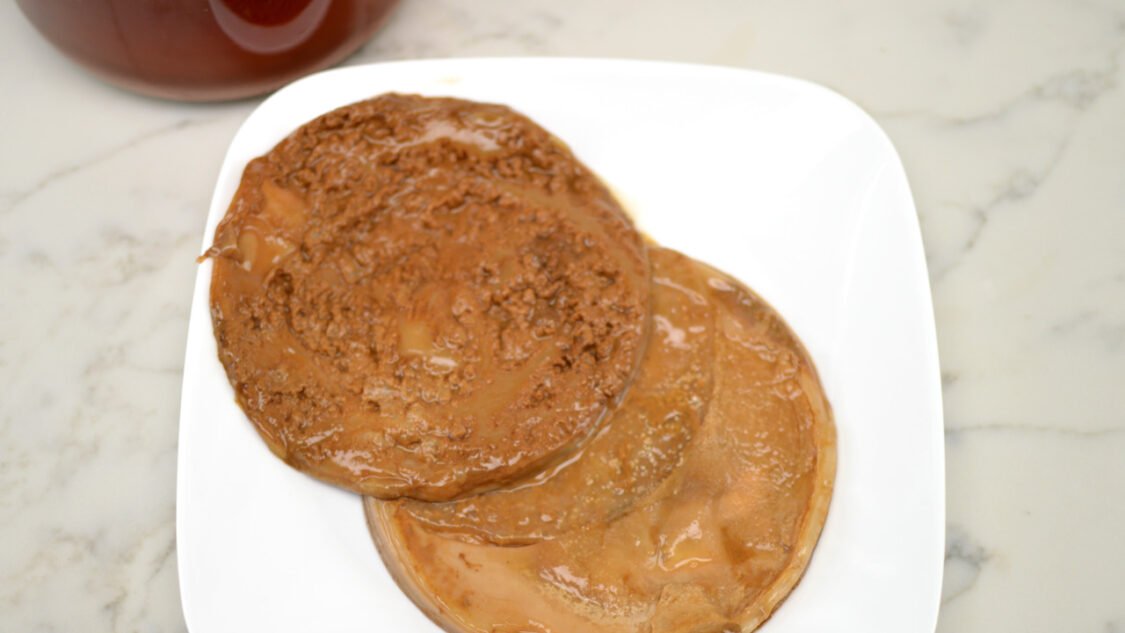
The finished pH of the malt kombucha appears to be about 3.0

Malt Kombucha Taste
I had apprehension about what this could taste like after 4 months but I removed the SCOBY and poured a glass from the fermenter to evaluate.
Appearance: The malt kombucha has a light straw to gold color which reminds me of a glass of bourbon
Aroma: This malt kombucha has a soft, slight aroma reminiscent more of a sour beer than kombucha, there’s a light hint of cider. It’s clean and pleasant
Taste: the mouthfeel borders on this but has a slight viscosity which gives it a night mouthfeel. The flavor is pleasant and softly acidic, unlike a 4 month old sugar -based kombucha which would be vinegar like and mostly undrinkable. It finishes dry and clean.
I need to think about what flavors would go best with this malt kombucha base. I think adding some sour cherries and trying a kombucha kriek would a good first attempt.
More to come!
Helping you learn to brew kombucha, find inspiration for new kombucha flavors and use kombucha to make kombucha mocktails


